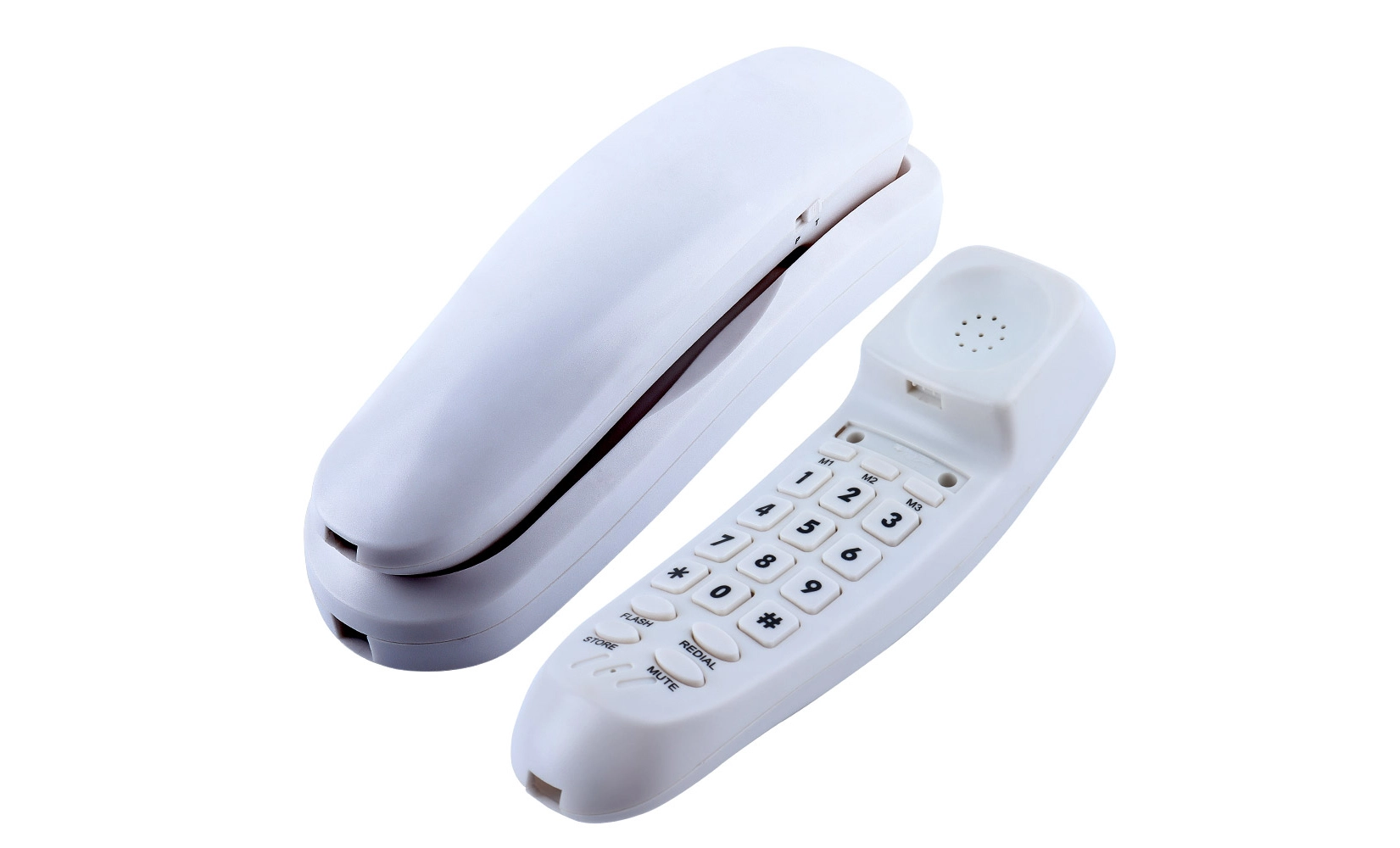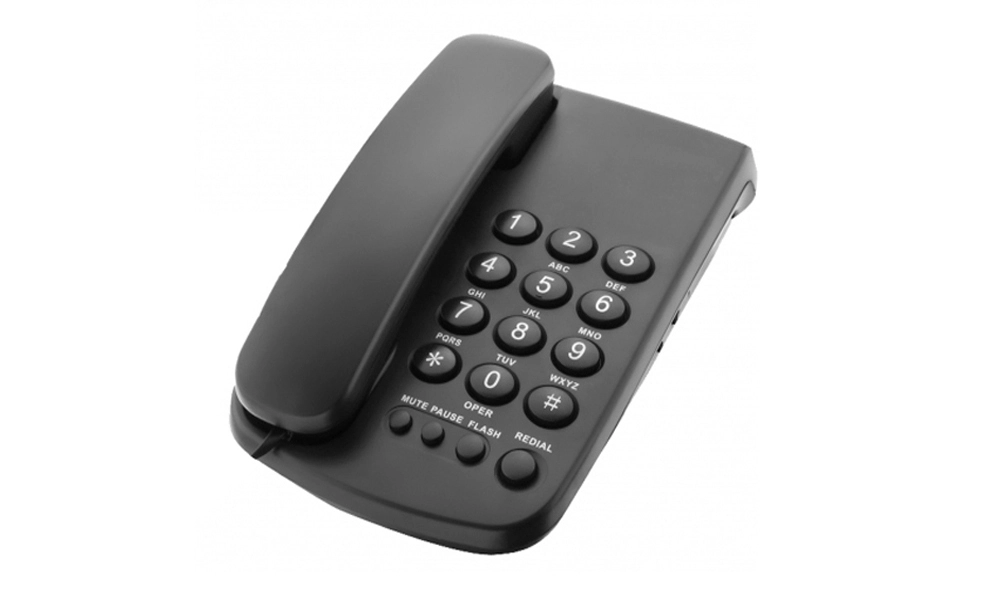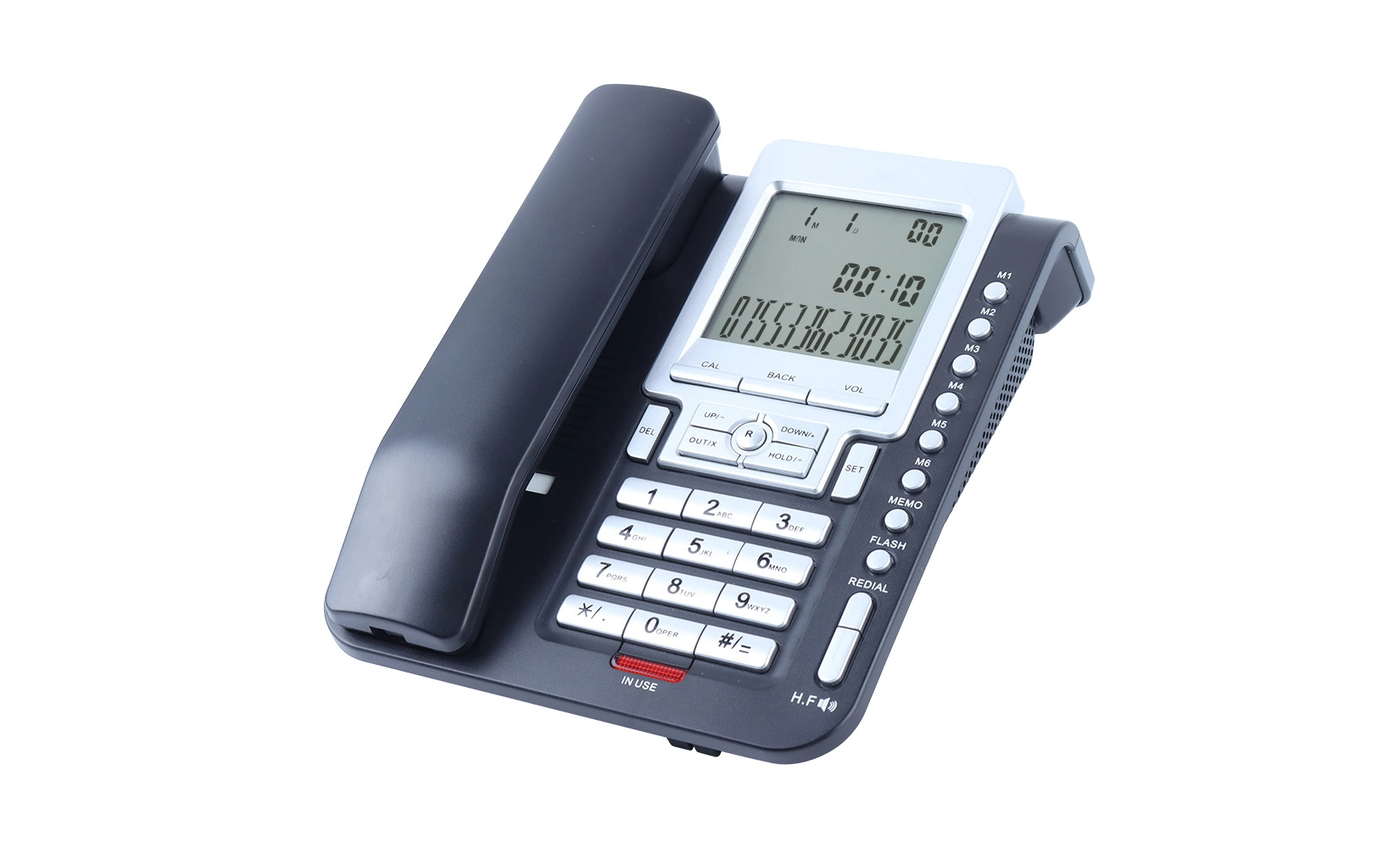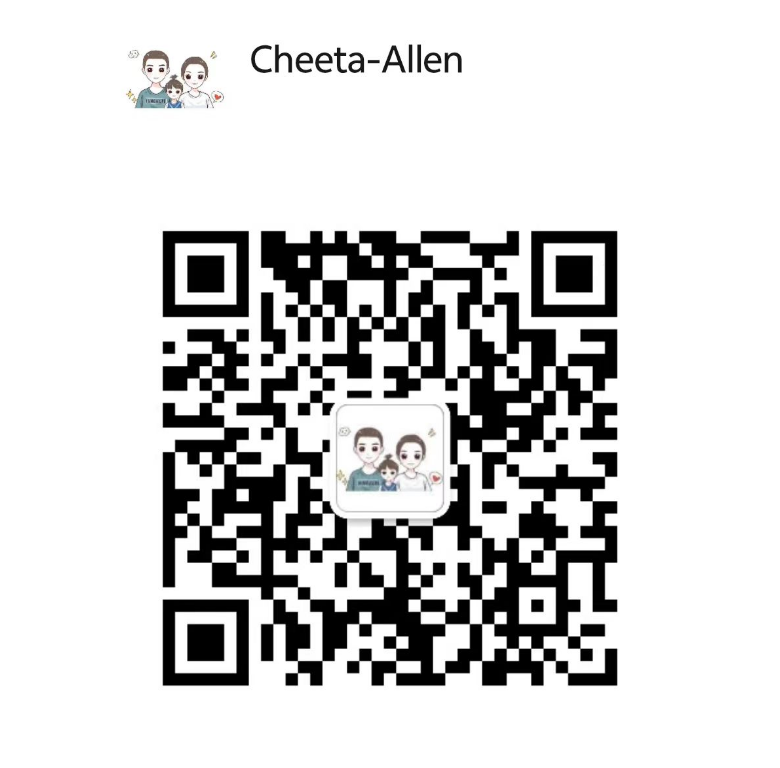Key Features to Look for in Senior-Friendly Telephones
When shopping for a senior telephone, it's essential to focus on features that enhance usability and safety. Many older adults face challenges with vision, hearing, or dexterity, making standard phones difficult to use. Here are some key features to consider:
Large Buttons and Display
One of the most important features of a senior-friendly phone is large, easy-to-press buttons. Look for phones with oversized numerical keys and a spacious layout to reduce the likelihood of misdialing. Similarly, a large, high-contrast display with adjustable font sizes can significantly improve readability for those with vision impairments.
Amplified Sound and Hearing Aid Compatibility
For seniors with hearing difficulties, phones with amplified sound can be a game-changer. Look for models that offer adjustable volume settings, both for the ringer and during calls. Many senior telephones also feature hearing aid compatibility, ensuring clear sound without interference for those using hearing devices.
Emergency Features and Speed Dial
Safety is paramount when selecting a senior telephone. Many models come equipped with emergency call buttons that can be programmed to dial family members or emergency services with a single press. Speed dial options for frequently called numbers can also be incredibly helpful, allowing quick and easy communication with loved ones or caregivers.
Ergonomic Design and Ease of Use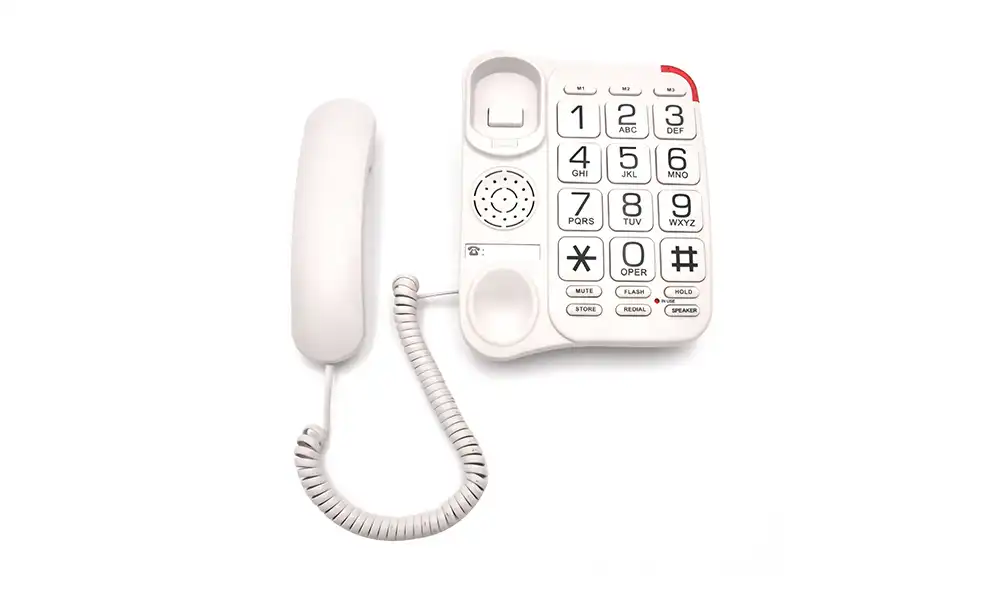
The physical design of a senior telephone plays a crucial role in its usability and comfort. When evaluating different models, consider the following aspects:
Comfortable Handset Design
Look for phones with ergonomically designed handsets that are comfortable to hold for extended periods. Some models feature textured grips or contoured shapes that make them easier to grasp, particularly for individuals with arthritis, limited dexterity, or reduced hand strength. These thoughtful designs not only minimize strain during use but also enhance safety by preventing accidental slips, ensuring seniors can communicate with comfort and confidence.
Intuitive Interface and Menu Navigation
Simplicity is key when it comes to senior telephones. Opt for models with straightforward menu systems and minimal complexity. Some phones feature "senior mode" settings that simplify the interface, displaying only essential functions and larger icons.
Cordless vs. Corded Options
Consider whether a cordless or corded phone would be more suitable. Cordless phones offer mobility but require regular charging and may be easier to misplace. Corded phones, on the other hand, are always in a fixed location and don't rely on battery power, which can be advantageous for some seniors.
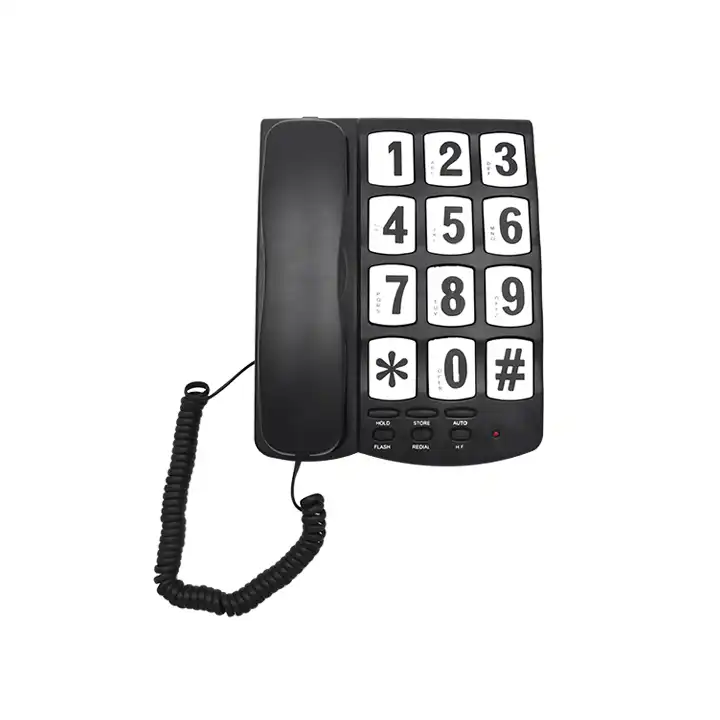 Additional Features for Enhanced Safety and Connectivity
Additional Features for Enhanced Safety and Connectivity
Modern senior telephones often come with advanced features that go beyond basic communication, offering enhanced safety and connectivity options:
Medical Alert Systems Integration
Some senior telephones can be integrated with medical alert systems, providing an extra layer of safety. These systems can automatically contact emergency services or designated caregivers in case of a fall or other emergency situations.
Photo Dial and Voice Activation
For seniors who struggle with remembering numbers or navigating traditional keypads, photo dial features can be incredibly helpful. This function allows users to call their loved ones simply by pressing a button with their photo, eliminating the stress of recalling phone numbers. It makes staying connected far easier and reduces the chances of misdialing. Combined with large, easy-to-see buttons, photo dialing is especially valuable for seniors with memory issues or visual impairments, offering them confidence, independence, and convenience in their daily communication.
Answering Machine and Call Blocking
A built-in answering machine with intuitive, easy-to-use playback controls enables seniors to manage their messages without confusion. They can replay, save, or delete recordings at their own pace, ensuring they never miss important updates from family or healthcare providers. Additionally, call blocking features act as a layer of protection against nuisance calls. By filtering out telemarketers, robocalls, or potential scammers, these functions give seniors greater peace of mind and create a safer, more enjoyable phone experience in their daily lives.
Conclusion
Selecting the right senior telephone involves carefully considering the user's specific needs and preferences. By focusing on features like large buttons, amplified sound, emergency functions, and ergonomic design, you can find a phone that enhances both safety and comfort for older adults. Remember to involve the senior in the decision-making process, as their input is invaluable in choosing a device they'll feel comfortable using. With the right senior telephone, you can provide peace of mind and maintain vital connections for your loved ones.
FAQ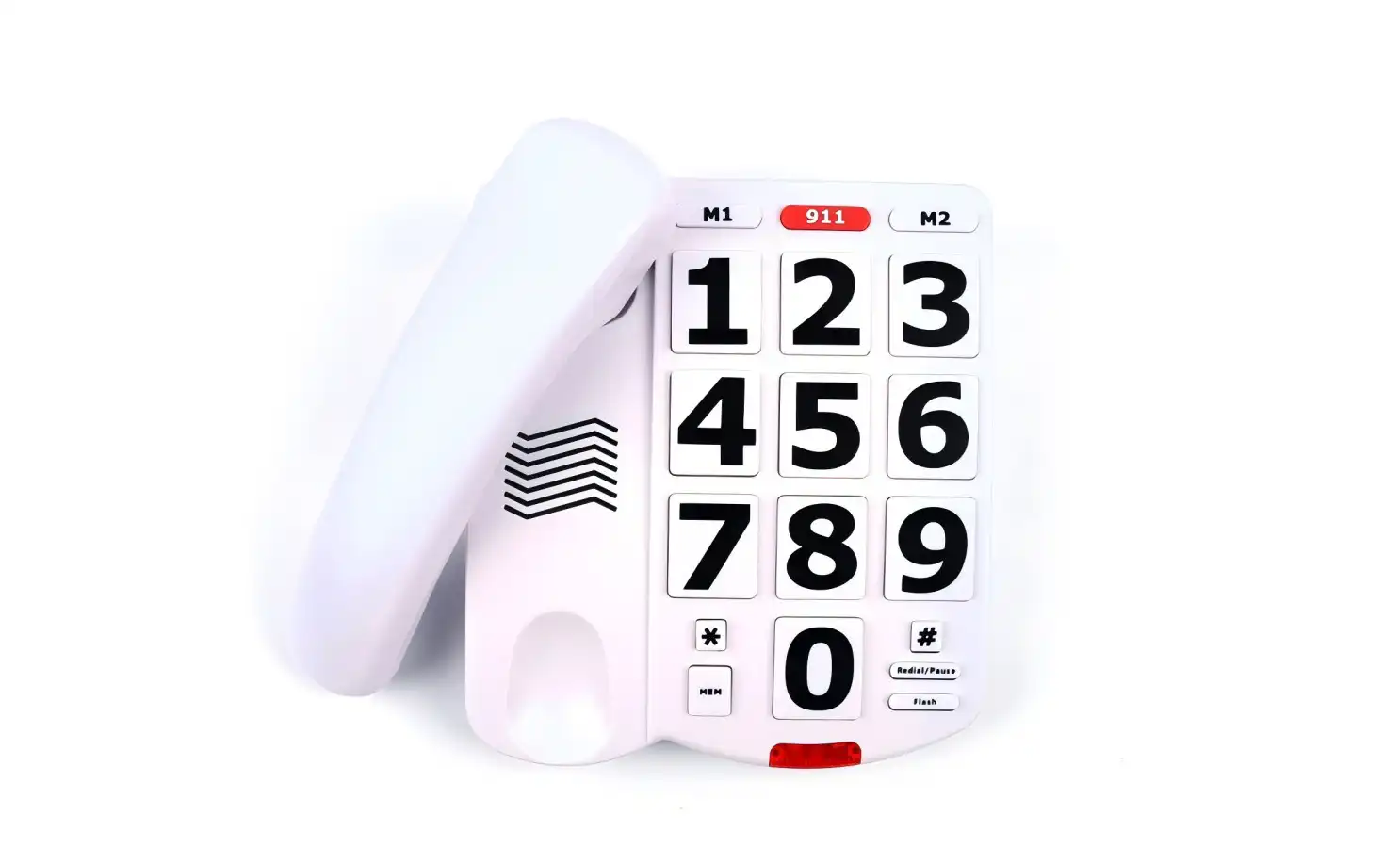
Are there senior telephones with both landline and mobile capabilities?
Yes, some manufacturers offer hybrid phones that can function as both landline and mobile devices, providing flexibility for seniors who want the reliability of a landline with the option of mobility.
How often should batteries be replaced in cordless senior telephones?
The frequency of battery replacement depends on usage, but generally, cordless phone batteries should be replaced every 1-2 years to maintain optimal performance.
Can senior telephones be connected to smart home systems?
Some advanced senior telephone models can integrate with smart home systems, allowing for features like voice-controlled calling or emergency alerts through connected devices.
Why Choose CHEETA for Your Senior Telephone Needs? | CHEETA
CHEETA, a professional analog telephone manufacturer with over 18 years of experience, offers top-quality senior telephones designed for safety and comfort. Our state-of-the-art 1,200㎡ factory, staffed by 100+ skilled workers and 10 senior engineers, produces 1,000 analog units daily, ensuring quick delivery. All CHEETA products meet CE, RoHS, FCC, and UN38.3 regulations, undergoing rigorous 11-step inspections for reliability. With a failure rate below 1% and full OEM/ODM customization options, CHEETA combines engineering expertise, automation, and rapid response to serve global buyers. For inquiries, contact allen@cheeta.com.cn.

References
1. Johnson, M. (2022). "Advancements in Senior-Friendly Communication Technology". Journal of Gerontechnology, 15(3), 245-260.
2. Smith, A. & Brown, L. (2023). "The Impact of User-Centered Design on Senior Telephone Adoption". International Journal of Accessible Design, 8(2), 112-128.
3. Wong, R. (2021). "Safety Features in Modern Senior Telephones: A Comprehensive Review". Assistive Technology Today, 12(4), 78-95.
4. Garcia, E. et al. (2023). "Ergonomic Considerations in Senior Telephone Design". Ergonomics in Design, 31(1), 33-49.
5. Lee, S. & Park, J. (2022). "The Role of Senior Telephones in Maintaining Social Connections Among Older Adults". Journal of Aging Studies, 42, 156-172.
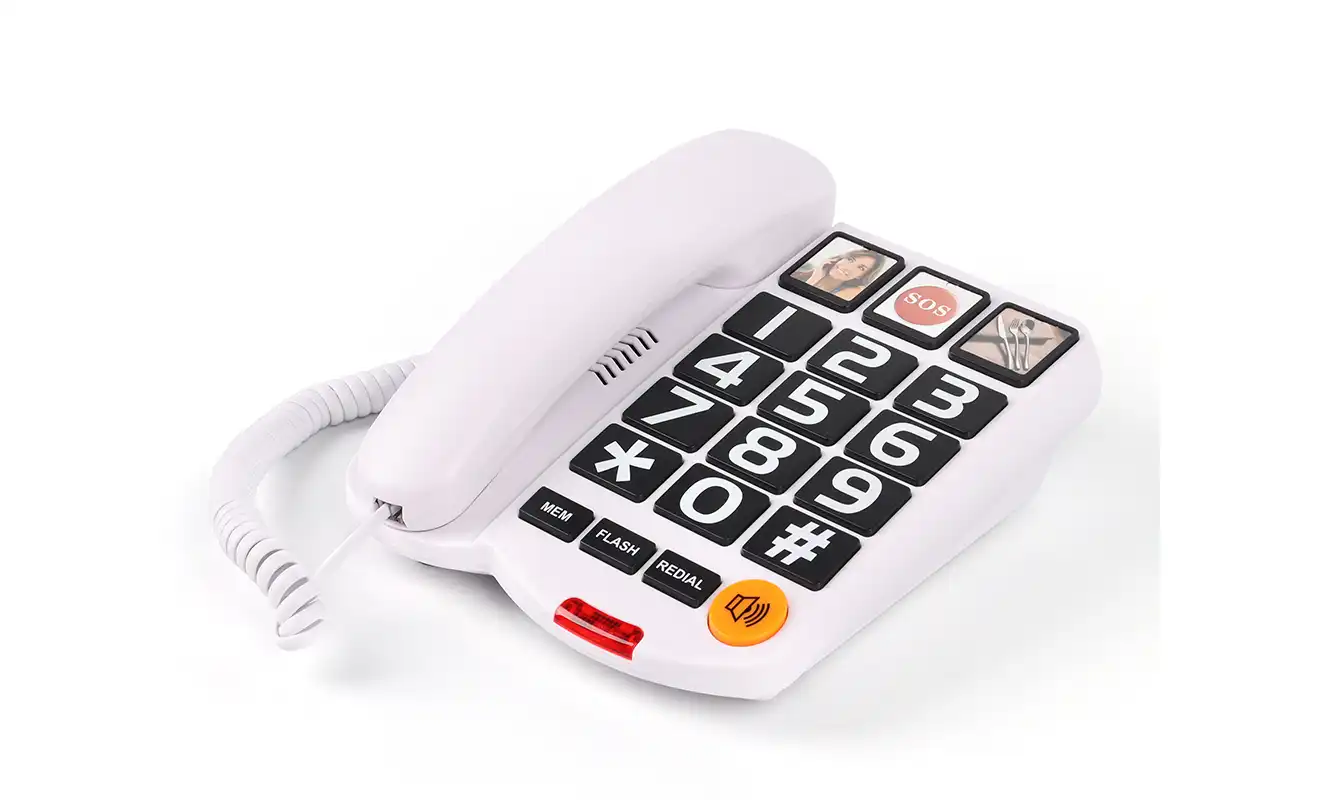 Selecting the right
Selecting the right 

